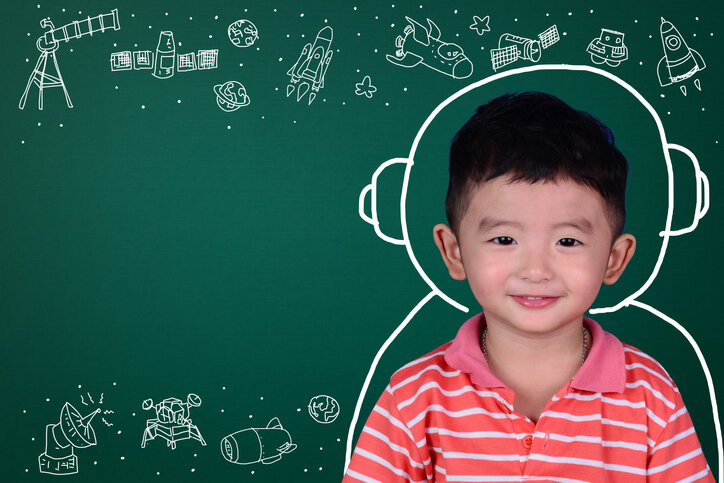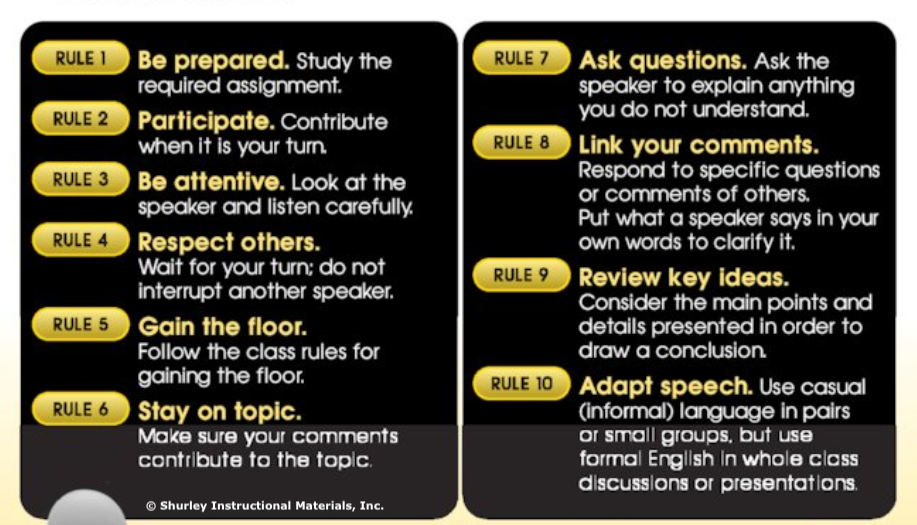How to Ignite Your Student's Imagination
/I believe that one of the greatest gifts of all is the gift of imagination. A person’s ability to imagine is limitless and definitely has no bounds! AND, the really cool part about it is that anyone can tap into their personal imagination-station at any place and time.
Almost everything that now exists in our physical world was once imagined. One of my favorite examples of imagination at its finest comes from a cartoon series that was introduced in 1962: The Jetsons. As a child, I enjoyed watching George and Jane Jetson and their kids, Judy and Elroy, as they went about their lives in a futuristic setting in America. The show was eerily prescient!
The Jetsons had flat-screen televisions, talking alarms that were similar to Alexa, smartwatches, space crafts that made deliveries like drones, floor vacuums that worked like today’s iRobot Roombas, digital newspapers, robot assistants, and space tourism. They even had gizmos that allowed them to video-chat face-to-face when they were in different places! All of these items have become a reality, but in 1962, they were considered totally sci-fi!
Imagination is a cognitive process that allows us to create and form new ideas, images, or concepts without the need for immediate input from our senses. Miraculously, it’s all accomplished inside the mind. The gift of imagination is powerful because it can help us to recognize and resolve problems more quickly, be more creative, develop better social skills, and be more innovative!
Scientists still don’t fully understand all of the mechanics of imagination. However, they do know that as many as 12 different brain regions are involved when people invoke their imagination. That’s a lot of brainpower!
The brain usually requires some kind of stimulus to generate ideas that will in turn, hopefully, “ignite” the imagination. Since many assignments require students to use their imagination, it is beneficial for teachers to incorporate exercises to stimulate imagination.
Shurley English incorporates the following imagination stimulating activities routinely throughout the curriculum:
1. Hold stimulating conversations in small groups with a variety of people.
a. Encourage everyone to participate in these discussions to share their personal thoughts.
b. Use strategies to help them push their brain to think and delve deeper into their thoughts and feelings.
c. Follow the Shurley English Rules for Discussion. These guidelines were created to help them know how to participate and get the most benefits from class discussions, small group discussions, and one-on-one discussions.
2. Do more Journal Writing. Journaling is another important activity that can boost creativity and imagination! Students should be encouraged to write freely and consistently in their journals about anything that comes to mind. In fact, they should be encouraged to write down thoughts and ideas immediately so they won’t forget them. Those ideas can stimulate more ideas later on and stretch the imagination!
3. Brainstorm more often. Brainstorming helps students develop, broaden, or elaborate ideas by discussion. These ideas can spark the imagination, so use brainstorming as a way to exercise the brain! It’s an activity that can be done alone or in a group. Here a few good techniques:
a. Associative Brainstorming: This type of brainstorming starts by writing other words that come up in your mind that are associated with the idea or a word you have chosen to develop. It works best when you let your mind run free to come up with as many words as possible.
b. Freestorming: This type of brainstorming consists of thinking and writing about anything and everything that comes to your mind whenever you think of an idea. During this activity, the student does not stop to make judgements; they simply focus on generating as many ideas as they can by writing them down as they come. Afterwards, they can circle back to take a deep dive into all of the possibilities where hidden ideas are waiting to be discovered.
c. Use Prewriting Maps: Mapping is a highly effective way of getting information in and out of the brain. It is a creative and logical way to literally map ideas using an organized structure that works in line with the brain’s natural way of doing things.
Students can begin with a topic, and then come up with two or three main points to tell about the topic. They will also learn to generate supporting details to provide more information about the main points.
“We do not need magic to change the world; we carry all the power we need inside ourselves already: We have the power to imagine better.” ― J.K. Rowling







































































































